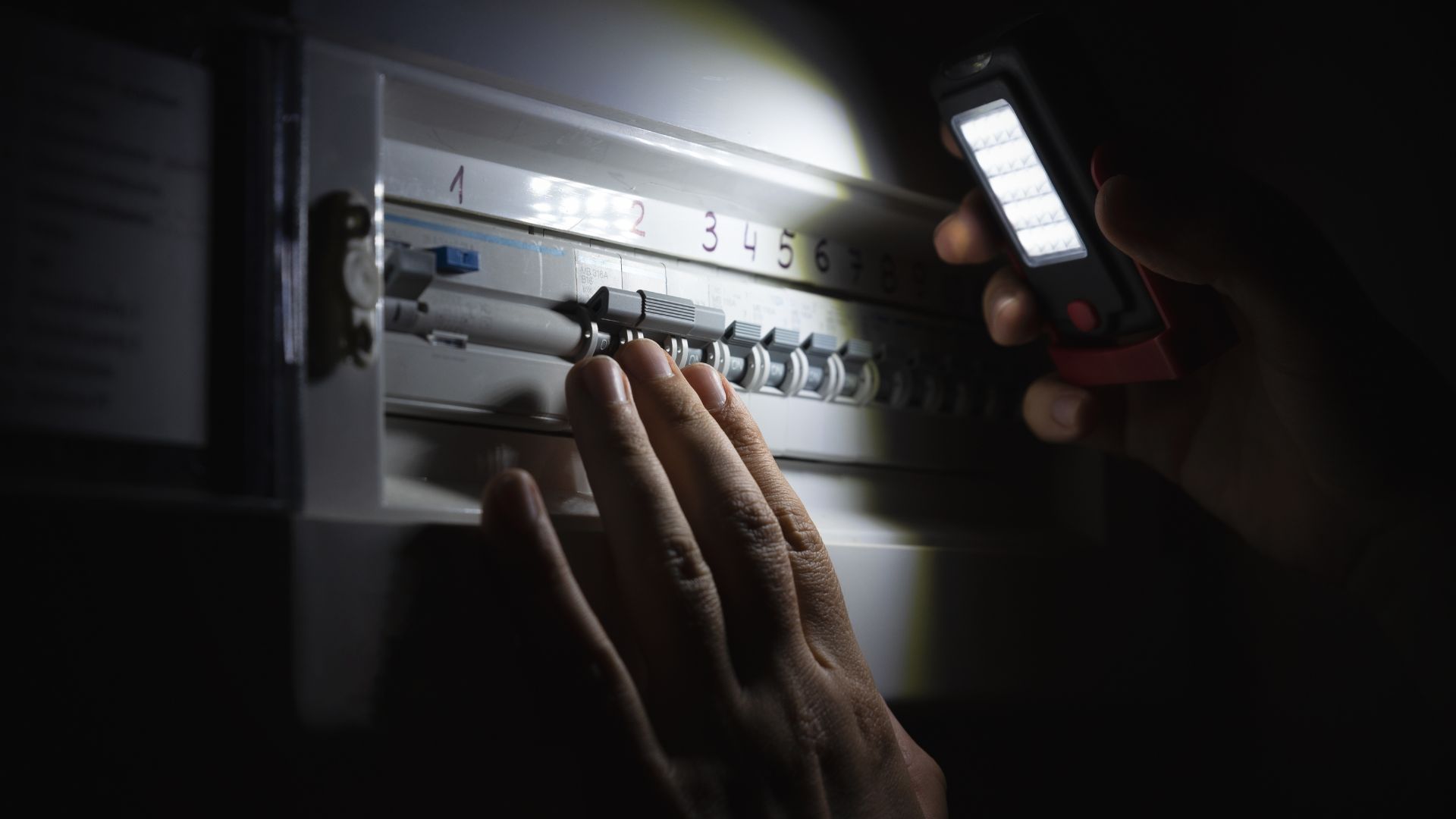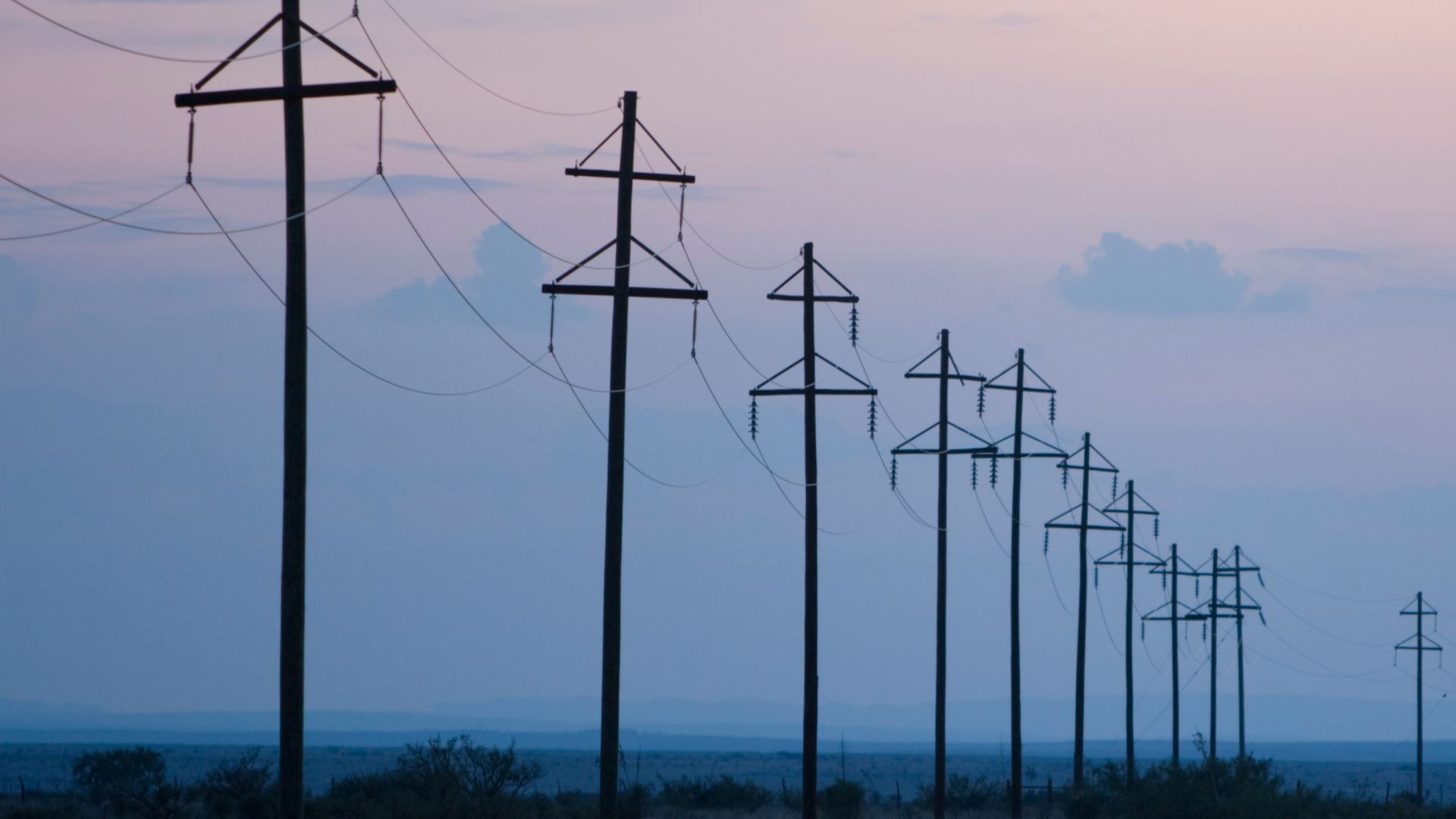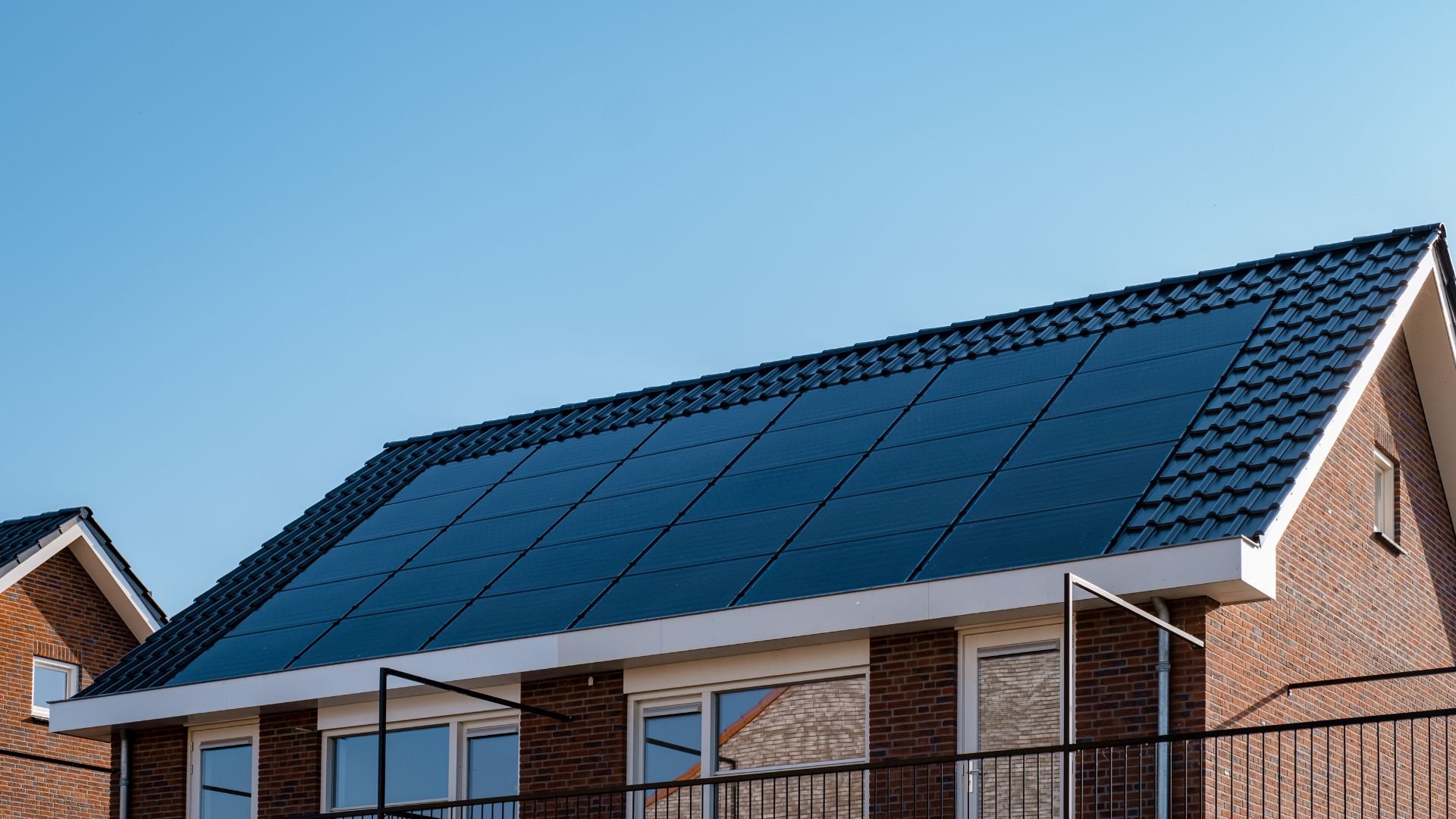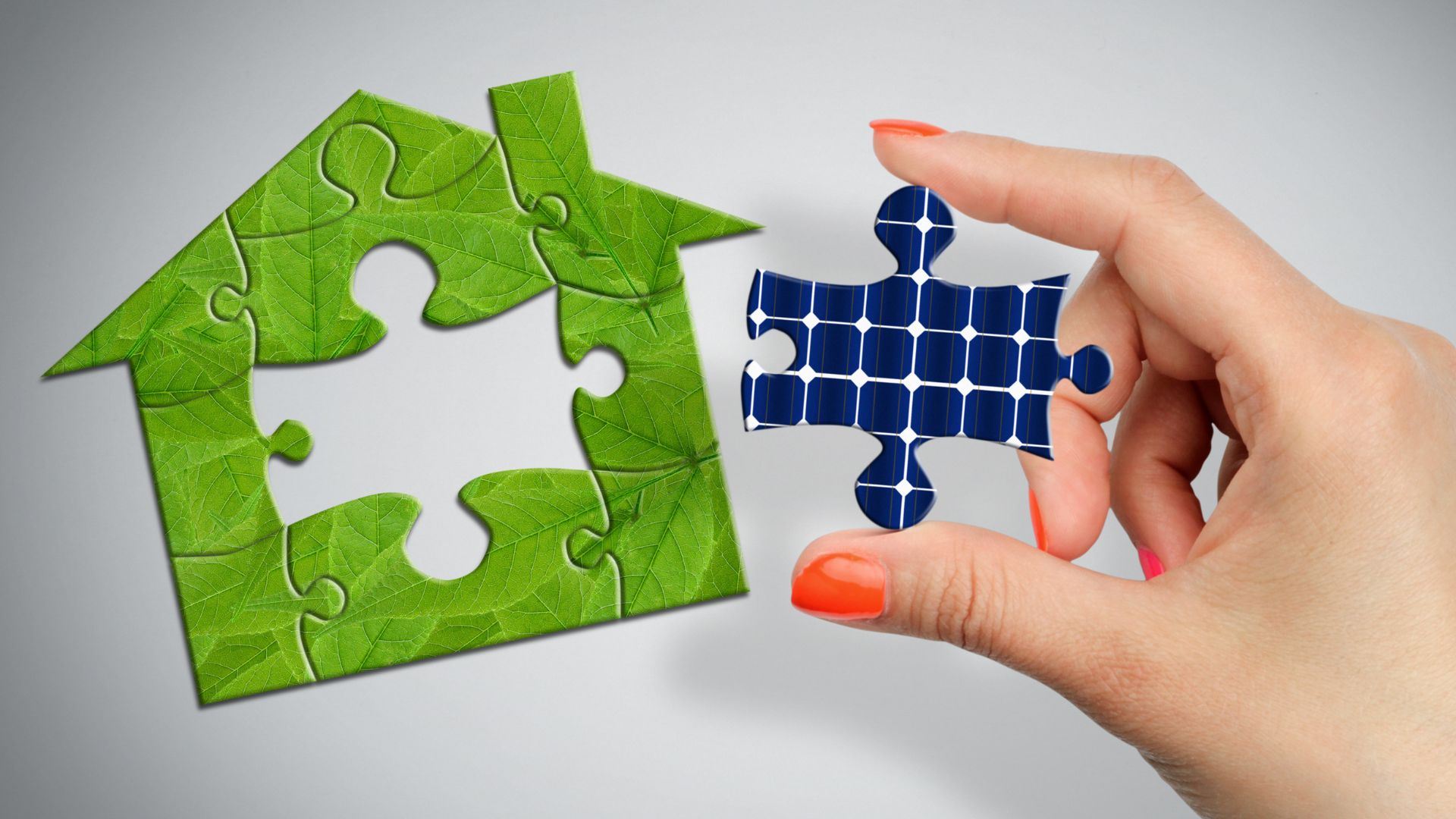Power outages can happen unexpectedly, leaving you without the comforts and conveniences of electricity. Whether caused by severe weather, equipment failures, or other unforeseen circumstances, being prepared for power outages is crucial for your safety and comfort. In this blog post, we’ll share our power outage checklist and tips on how to protect yourself and your family during unexpected power blackouts.
1. Prepare Supplies
In addition to considering backup power sources, it’s equally important to have a well-stocked supply kit to ensure you’re prepared for any power outage. Here’s a comprehensive list of essential supplies to include in your emergency kit:
- Flashlights and Fresh Batteries: Keep a set of flashlights and extra batteries readily available. LED flashlights are energy-efficient and provide long-lasting illumination.
- Candles and Matches: Include candles and waterproof matches in a water-resistant package. Store them away from flammable materials and use them safely.
- Battery-Operated or Hand-Crank Powered Radio: A battery-operated or hand-crank radio is essential for staying informed about weather updates and emergency information. Ensure it’s part of your kit.
- Corded Telephone: While many households rely on cordless phones, a corded telephone is essential during power outages, as it doesn’t rely on electricity and can still be used to make emergency calls.
- First Aid Kit: Assemble a first aid kit with bandages, antiseptic wipes, adhesive tape, pain relievers, scissors, tweezers, and any necessary prescription medications.
- Drinking Water: It’s crucial to have an ample supply of drinking water to last several days. Plan for at least one gallon of water per person per day. Don’t forget to account for the water needs of your pets as well.
- Ice Chest and Blue Ice Freezer Packs: If you have medications that require refrigeration, keep an ice chest with blue ice freezer packs on hand. Alternatively, freeze plastic storage containers filled with water to create ice that can be placed in your ice chest, refrigerator, or freezer to prevent food and medications from spoiling during extended outages.
- Pet Supplies: Ensure you have enough pet food, water, and any necessary medications for your furry family members. They should also have a secure carrier or leash for safety.
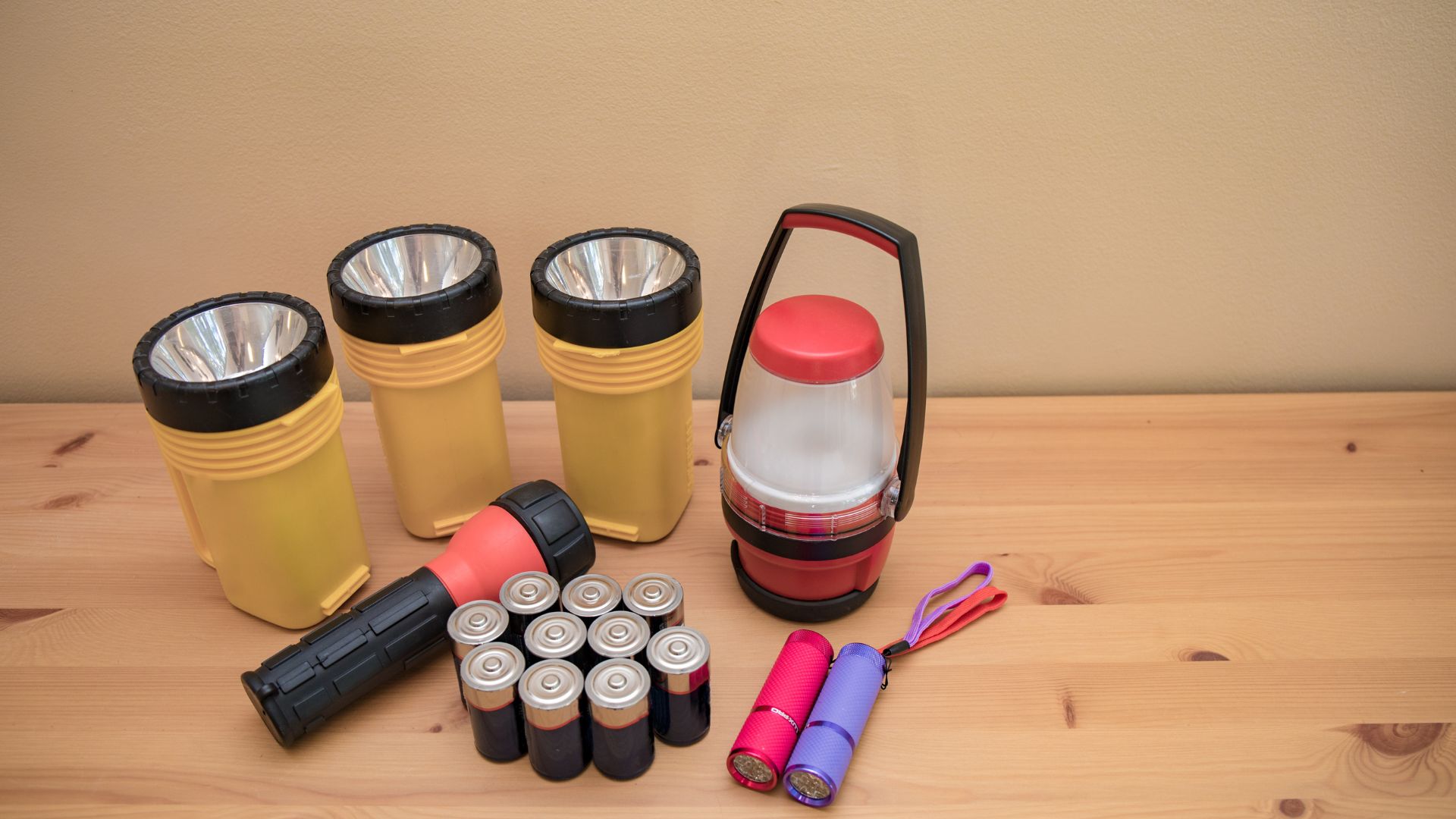
2. Install Backup Power Sources
Consider investing in backup power sources like backup batteries or solar-powered systems. A generator can provide temporary power to keep essential appliances running, while solar power can offer a more sustainable long-term solution for continuous electricity during outages. With a properly sized battery backup system, you can have continuous power and enjoy energy independence, allowing you to be less affected by grid outages and potential energy price fluctuations.
3. Unplug Appliances and Keep Your Refrigerator and Freezer Closed
During a power outage, keep your refrigerator and freezer doors closed as much as possible to preserve perishable food. A well-insulated fridge can keep food safe for up to four hours without power, while a freezer can maintain its temperature for about 48 hours if kept closed. Before the power returns, unplug appliances to prevent a surge of electricity that could damage them. This step is particularly important for sensitive electronics.
4. Use Alternative Heating and Cooling Methods
Depending on the season, extreme temperatures can pose health risks during power outages. Use alternative heating methods like a wood-burning stove, fireplace, or portable propane heater in the winter. In hot weather, stay cool with battery-powered fans and plenty of water.
5. Stay Informed
Stay updated on the outage’s progress and any emergency notifications by listening to a battery-operated radio or using a smartphone with a backup power source. Local authorities and utility companies often provide important information during outages.

